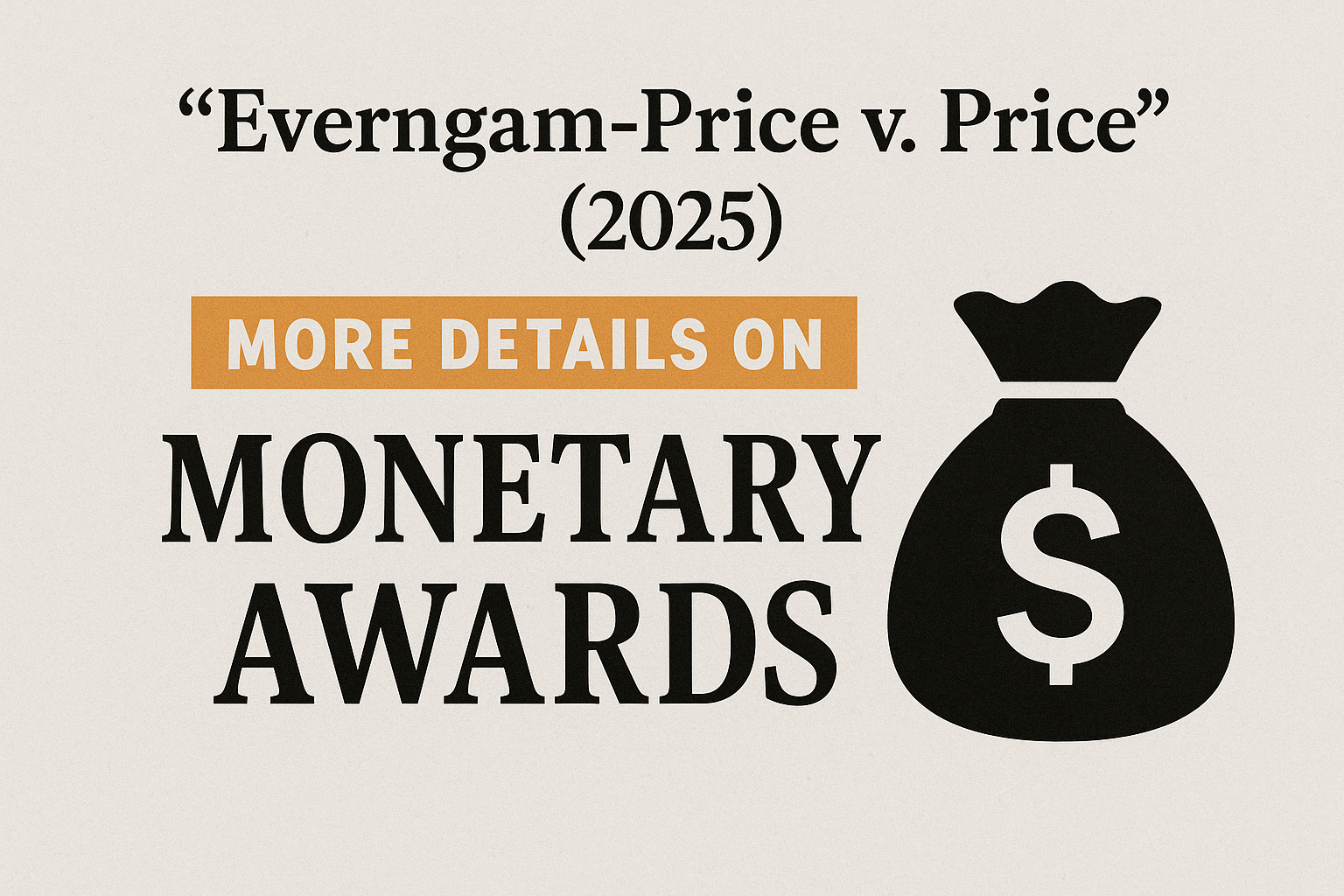What is a civil protective order?
Domestic violence places the victim in a position where they are subject to constant control and abuse by their significant other; these acts—whether physical or emotional affect all facets of the victim’s life, as the abuse becomes a means to take and unavoidably takes away the victim’s autonomy and independence. Most states allow victims of domestic violence to seek civil protection orders to assist in ending the abuse without requiring that the accusations be grounded in criminal activity. A major advantage of a civil protection order is that it allows victims to get the intervention they need and the available resources once the judicial system is involved. For many victims, a civil protection order is the first step to gaining empowerment. Initiating the civil protection order process on their own allows the victim to begin a public record of the abuse. This provides a chance to enhance life outside of abusive relationships. A civil protective order can also serve as an alternative for victims who run into proof issues when the prosecutor may be reluctant to bring charges against the abuser for behavior that is not necessarily criminal.
What happens at the hearing?
The court will hold a bench trial for a civil protection order at the final hearing. At this trial, the judge determines whether the temporary order issued early on should continue as a final order. Once the court examines the order to have sufficient support for continuing permanently, the court will issue the final order. The order will give legal protection to the victim. In this final step, enforcement may arrest the accused if the order is violated or punished by contempt. Even if the conduct does not result in criminal charges.
Who can obtain a protective order, and what counts as abuse?
To obtain a protective order in Maryland, a domestic partner must make the initial request to the court. A domestic partner is a current or former spouse; cohabitant; a person related by blood, marriage, or adoption. A vulnerable adult (a person who does not have the necessary mental or physical capacity to care for themselves). A person who has a child in common with the abuser. A person who had a sexual relationship with the abuser within 1 year of the filing. If the victim does not fall into one of these categories, they may still qualify for a peace order.In the State of Maryland, a protective order requires that the domestic partner making the request show that either: an act by the abuser caused the serious bodily injury; an act placed the victim in fear of impending serious bodily injury that was likely to occur; rape or sexual assault, including attempts; false imprisonment (i.e., confinement of the victim to a fixed area against their will); mental injury to a minor child; or, stalking. Suppose the abuser’s conduct does not fall into the categories above. In that case, the victim may also consider the peace order as an alternative route because it encompasses more actions on the part of the abuser.When considering whether to file a civil protective order or how to file for civil protective order in the State of Maryland, speaking to an experienced Maryland attorney will ensure that all of your interests, concerns, and safety considerations are protected. Contact Angel Murphy with The Murphy Law Firm, LLC today to schedule your free criminal consultation at (240) 493-9116 or angel@amurphylegal.com. If you are active on social media, Like us on Facebook @AMurphyLegal, Follow us on Instagram @AMurphyLegal, and Twitter @AMurphy_Legal







.webp)






.png)

.png)
.png)
.png)

